Tennis Australia worked with Monash University and agency AKQA to create ‘Action Audio’: a new online audio stream which was designed to make 2021 Australian Open broadcasts accessible for the 600,000 Australians and 285m people around the world living with blindness or a vision impairment.
The revolutionary system, which was enabled for a global audience during the Australian Open finals, uses Tennis Australia’s real-time ball position data to make the ball itself ‘audible’ to blind audiences. The initiative applied sound design principles to the real-time ball data to enable blind and low vision tennis fans to follow the speed and trajectory of the ball, as well as its proximity to the lines and a player’s shot type all in 3D audio.
This new approach to sports audio streaming allows visually impaired tennis lovers to stay connected to the live tennis experience throughout the entire match and follow it in real-time.
AKQA tested the idea with BLV tennis fans during the six months prior to the 2021 tournament to maximise the effectiveness and technology behind combining two established technologies in binaural/3D audio through VR/AR and electronic line calling.
Indeed, Tennis Australia Head Of Innovation Machar Reid explained that it was dual drive to improve the live experience for BLV fans and to explore broadcast innovation which was behind the initiative’s development.
This initiative was then promoted across the national tennis rights holder’s digital platforms and through a campaign created by agency AKQA which included a set of video and promotional pieces, as well as a PR strand.
Tim Devine, ECD at AKQA said the agency ideation behind the project was part-inspired by its interest in Dave Eagleman’s ideas around sensory substitution: creating new senses through other senses.
“We had the idea of sonnifying electronic line calling technology used in tennis to effectively use your ears as eyes. This is something that we know BLV people are great at but in tennis, there is little information for them to do it,” explained Devine. “The ball doesn’t make a sound as it moves through the air. And every shot and bounce effectively sounds the same. So, it was an easy space to augment. “We want this in every major tennis tournament moving forward and we also want to work with BLV sports fans to understand what other sports experiences would benefit from such an approach.”
The agency also worked with Dr Cagatay Goncu, a research fellow in the Faculty of Information Technology at Monash University and a former member of the Tennis Australia team, who focuses on research investigating new methods for making information accessible to everyone.
Dr Goncu added: “Sound design and experimenting with different combinations. We created something that is well suited to be integrated into existing broadcasting media. The technology that we use allows us to extend our reach to other sports,” he explains.
Comment:
As well as Action Audio, Tennis Australia also introduced a set of other new measures at this year’s tournament to make tennis more inclusive for BLV people. These included accessible seating options closer to the court for BLV people and options to select aisle seats with easy access.
“We want to ensure activations around the arena are accessible and that our AO App and websites are accessible to those using screen readers including partner websites such as Ticketmaster,” added Tennis Australia’s Reid. “In the future, we will provide Beacon technology (small, wireless transmitters that use low-energy Bluetooth technology to send signals to other smart devices nearby) around the arena and continue to provide learning opportunities for our workforce to understand how best to support BLV people.”
Many BLV and partially sighted sports fans find following live tennis matches (and other sports) close to being impossible as the speed of the action is so fast, television coverage relies so heavily on the visuals and some feel that radio commentary is often too slow to give fans a true sense of the live-action.
Many rights-holder and agencies talk the diversity talk, but it is challenging to make tangible, long-term differences. But this initiative seems to have done just that.
Great stuff.
It reminds us of some other notable and groundbreaking visual impair sports initiatives such as February 2021’s ‘Wild Ride’ initiative by Vodafone (Greece) and agency Wunderman Thompson (Athens) with Paralympic champion tandem cyclist Christos Sandalakis which used the telco’s 5G Giga Network to enable the blind rider to speed down a mountain road on his own and Toyota’s award-winning 2018 ‘See Like Menna’ Winter Paralympics Instagram initiative with Paralympic Skier Menna Fitzpatrick.
Links:
Action Audio
Australian Open
Tennis Australia
AKQA Australia
https://www.akqa.com/news/hello-australia-new-zealand-singapore/
Monash University

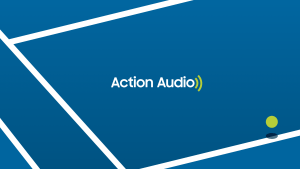


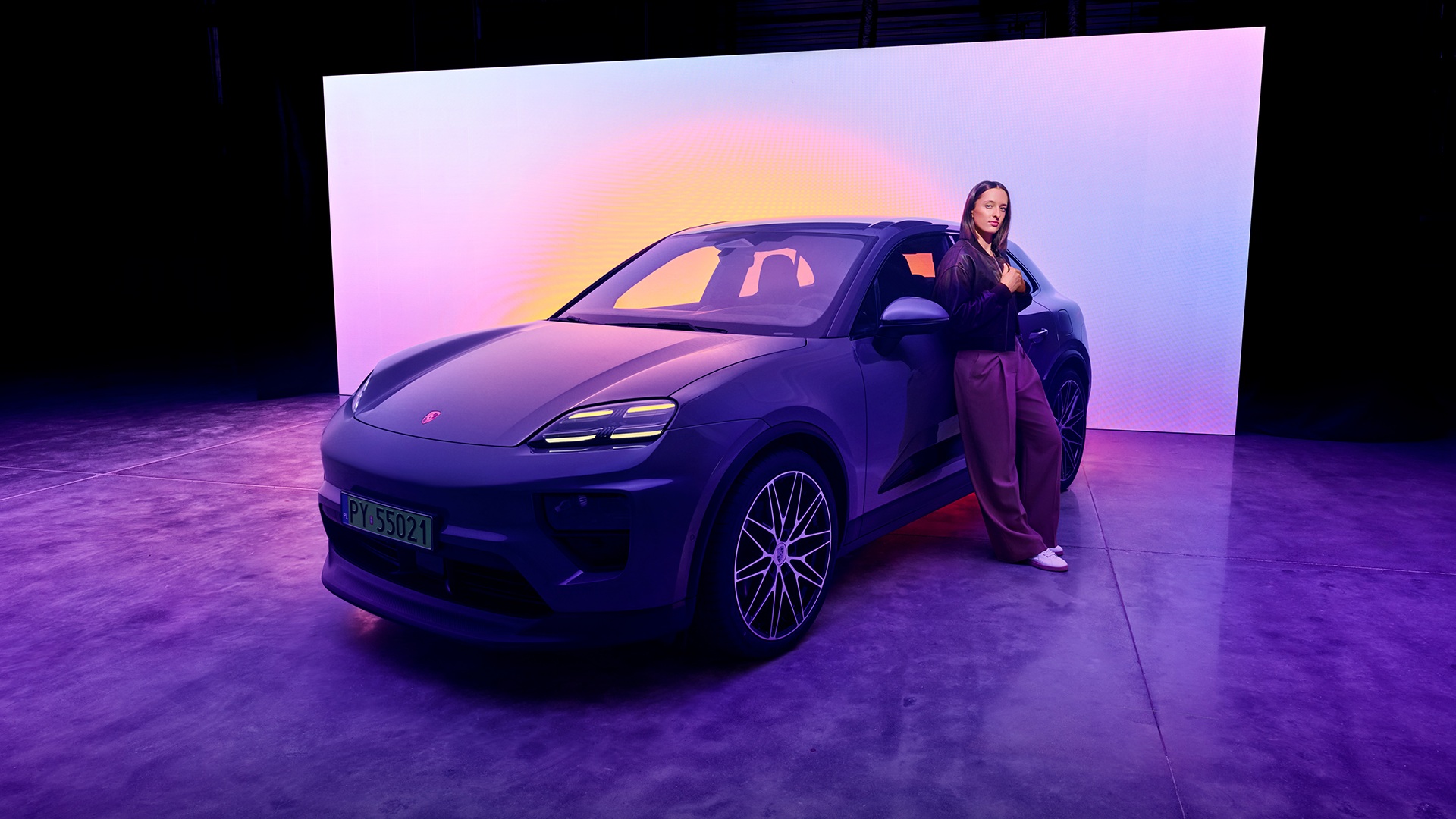
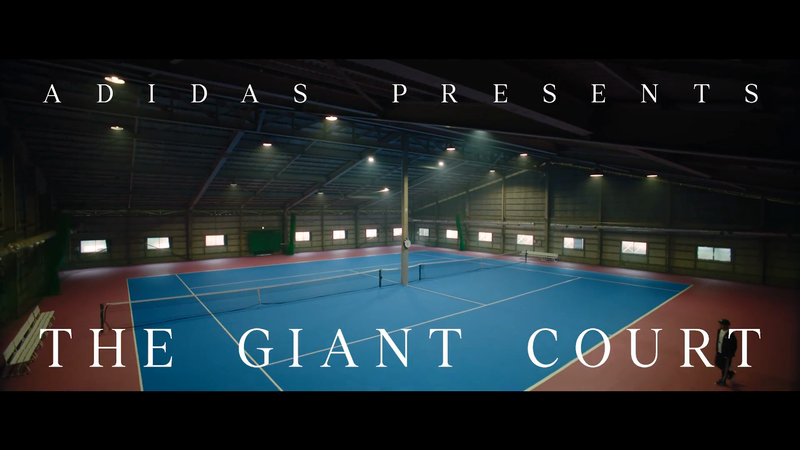


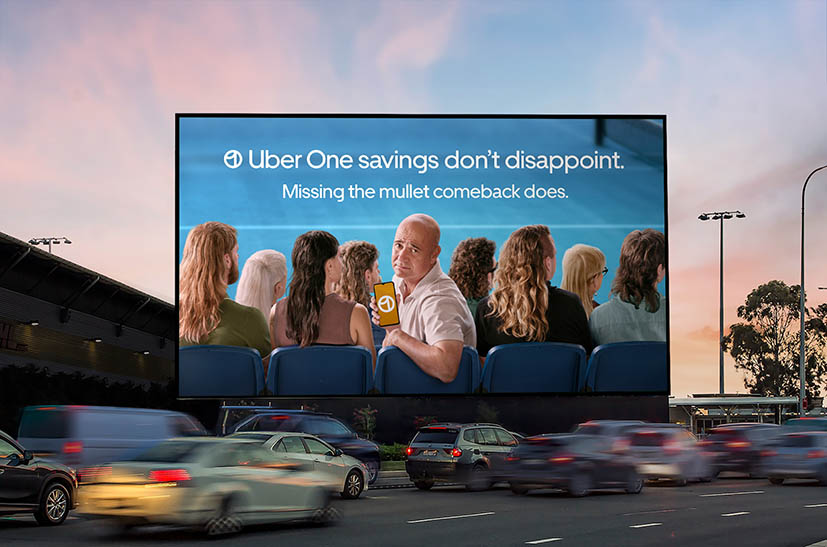
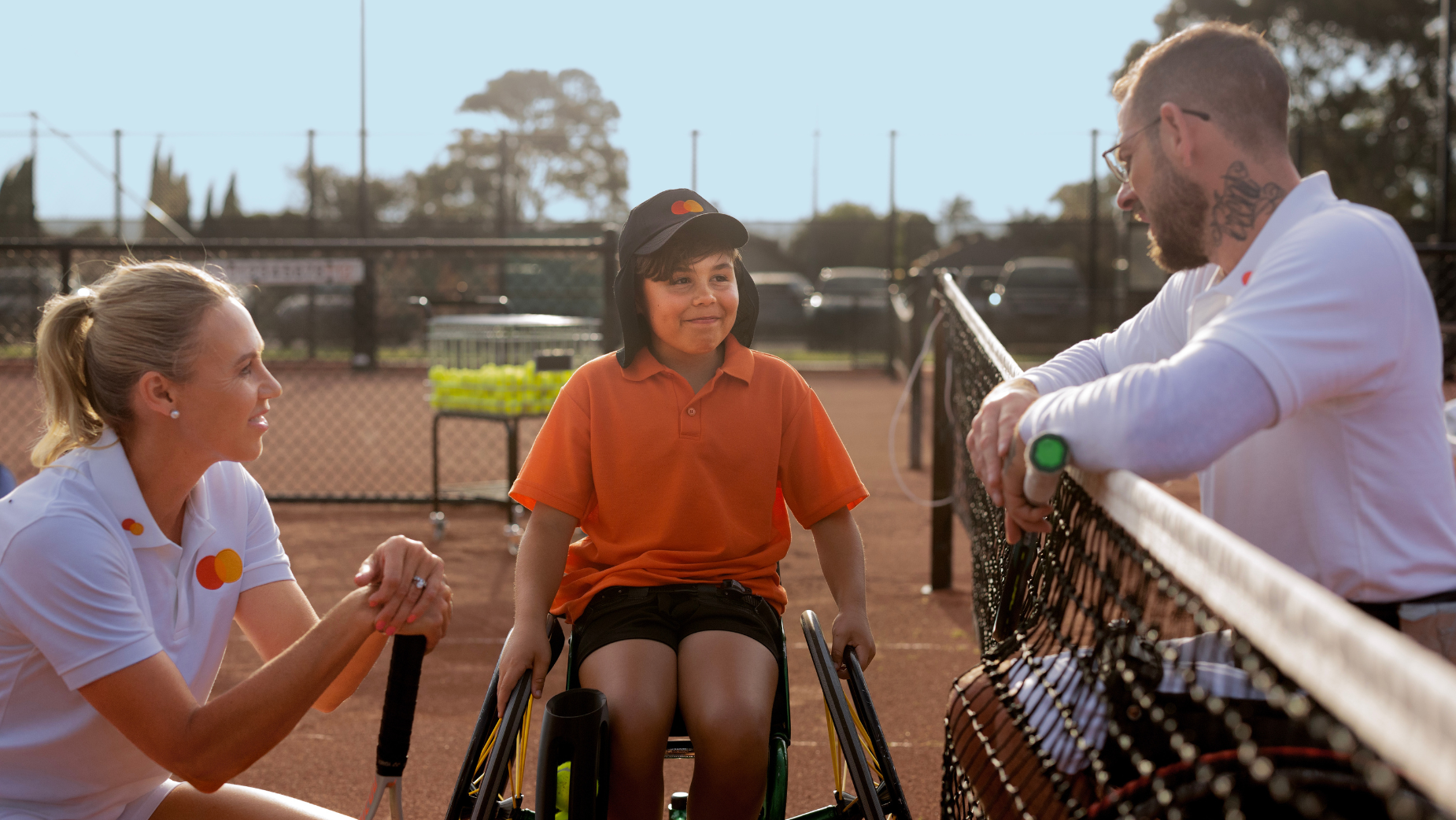


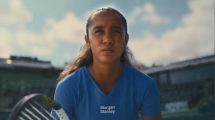
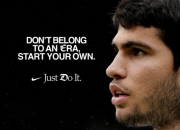
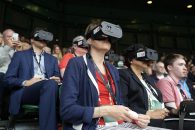
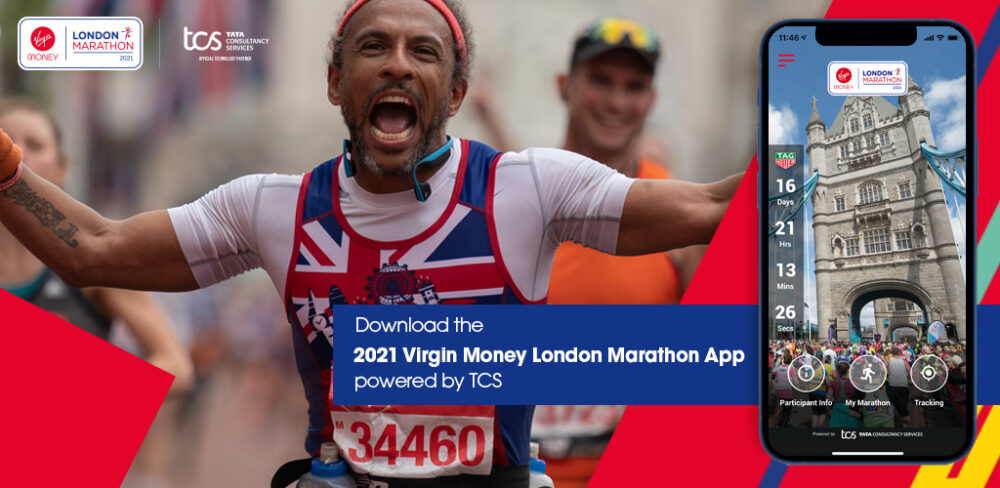

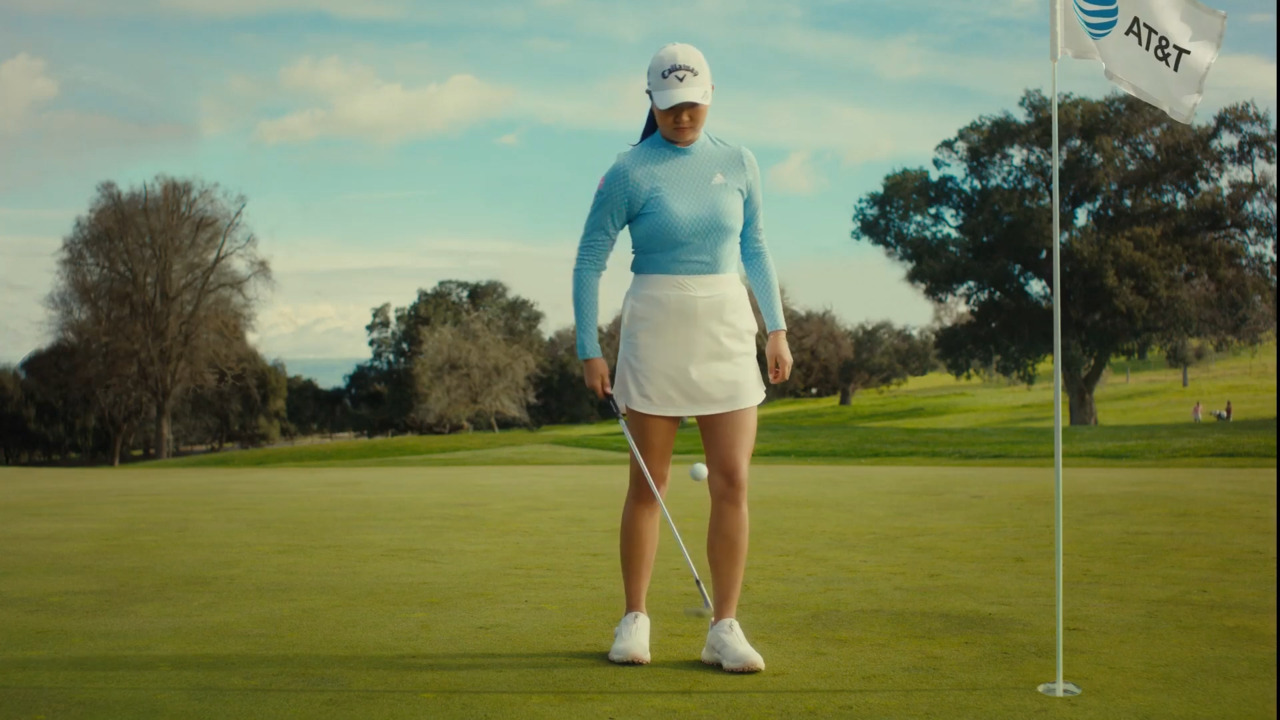
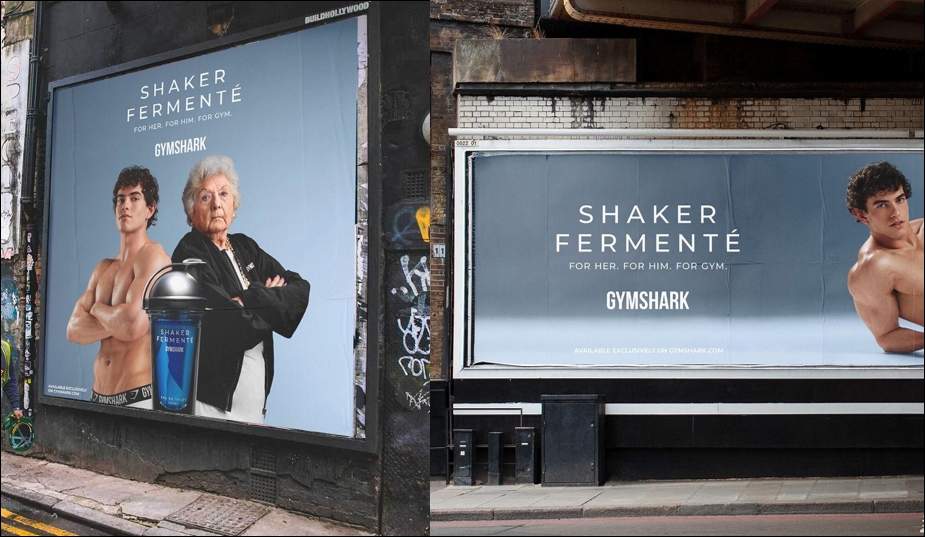
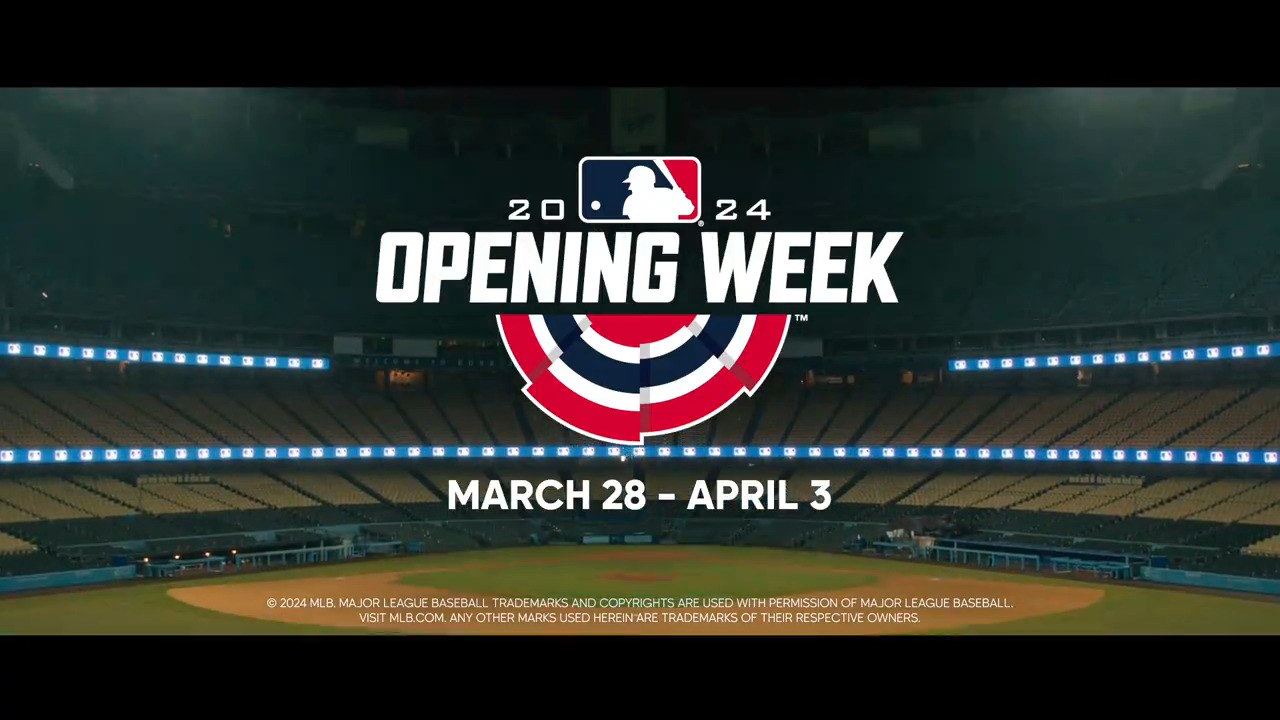
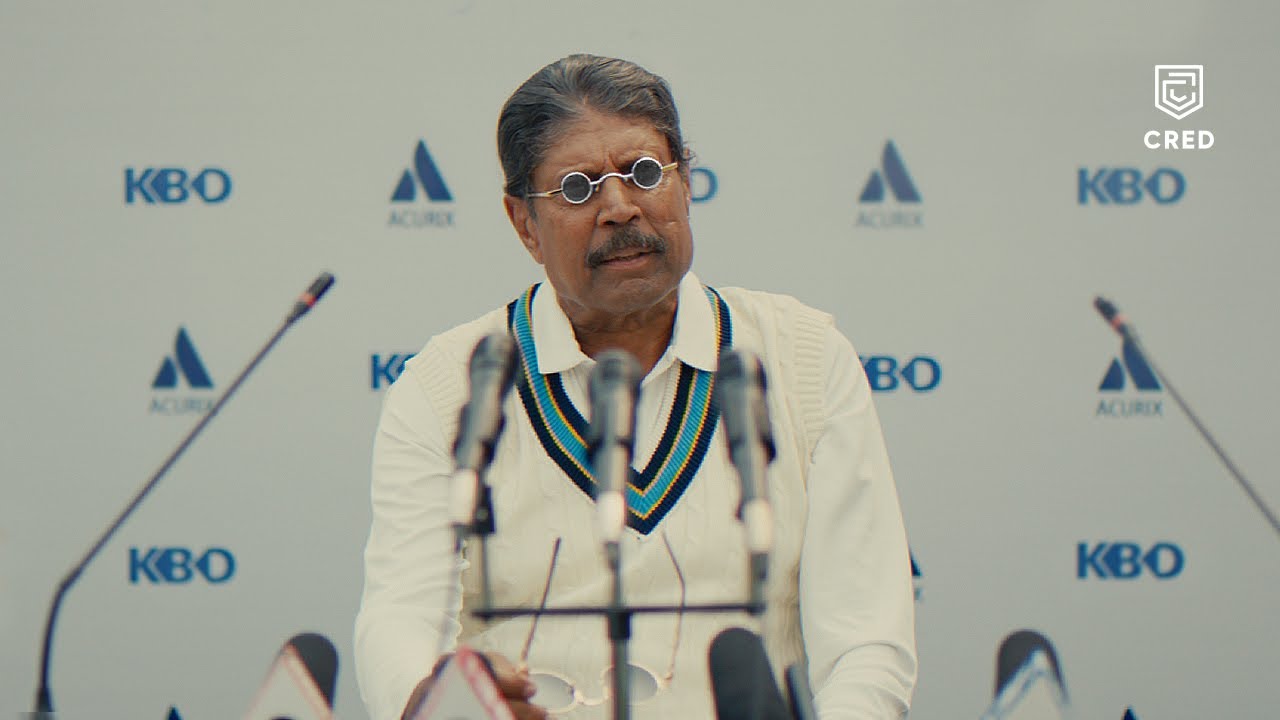
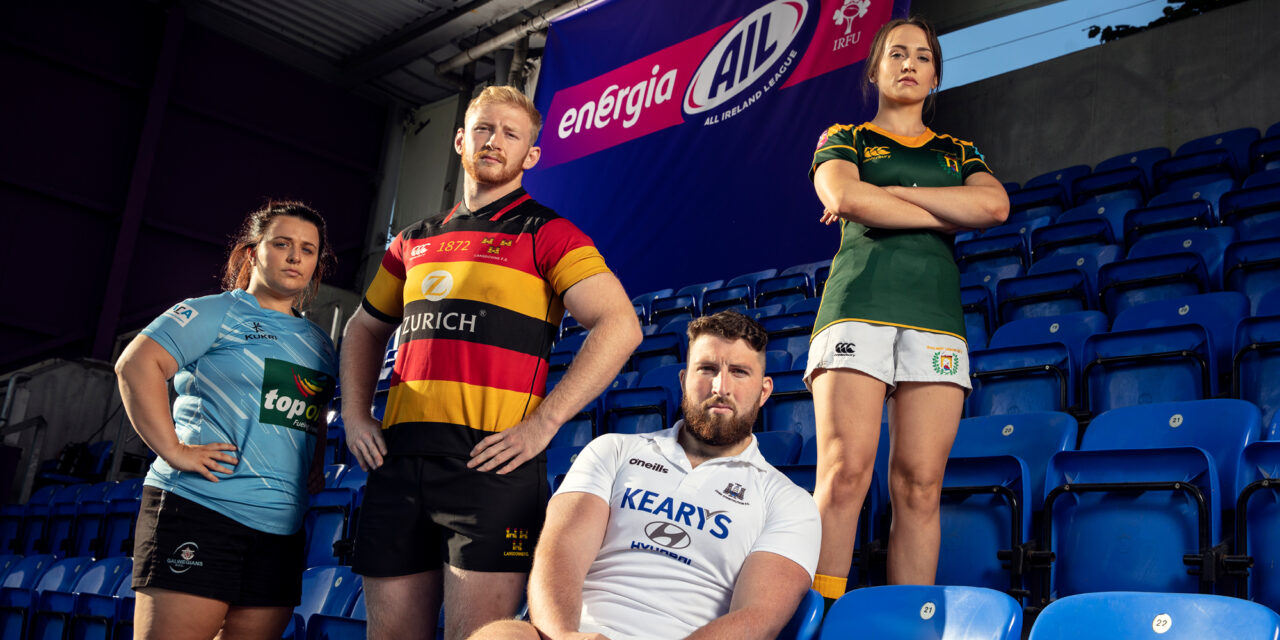
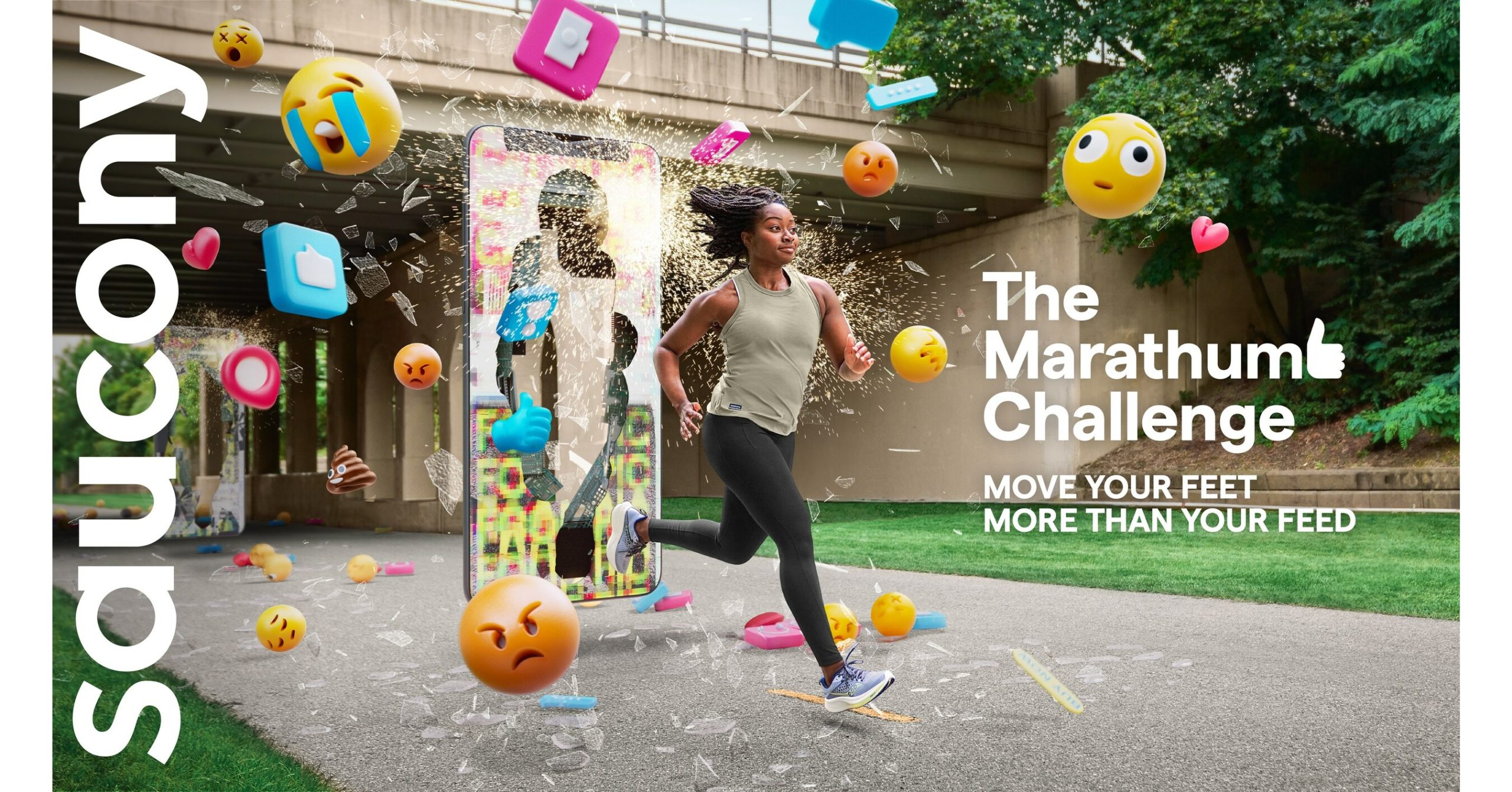

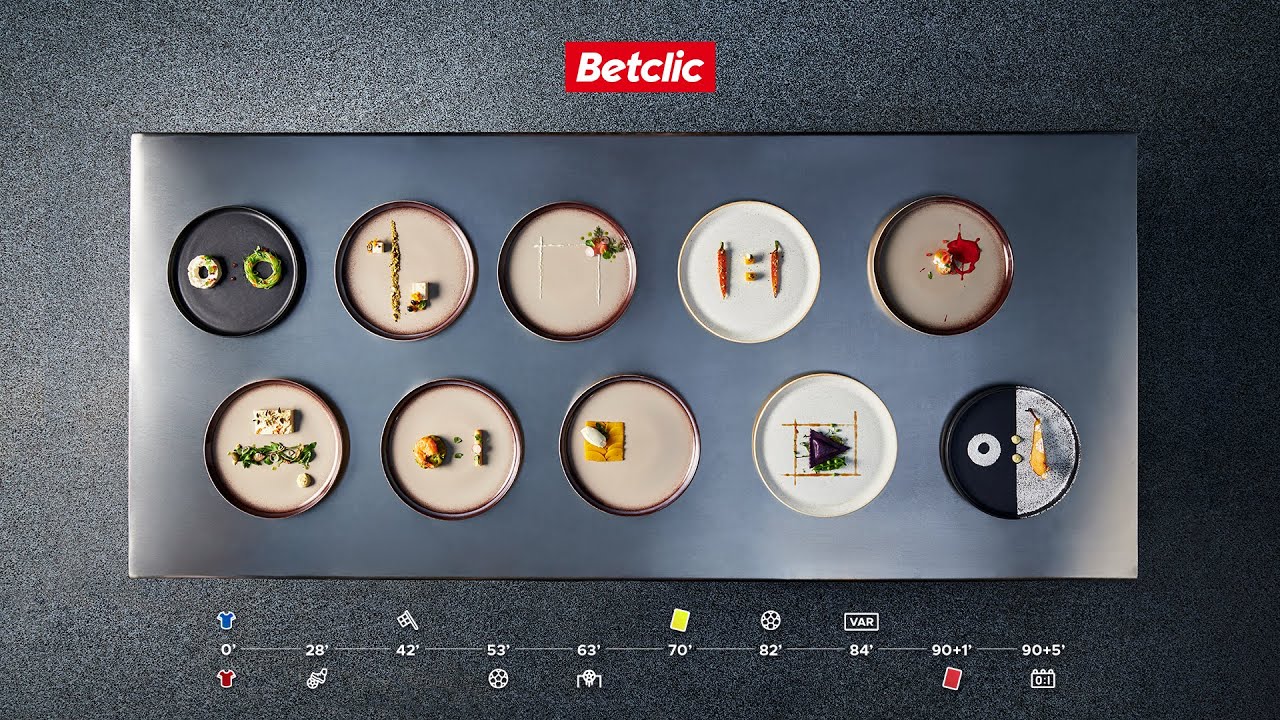

Leave a comment
You must be logged in to post a comment.